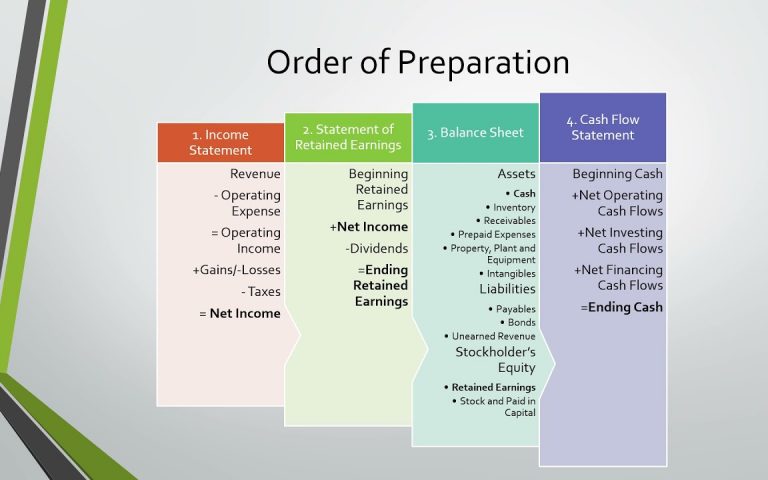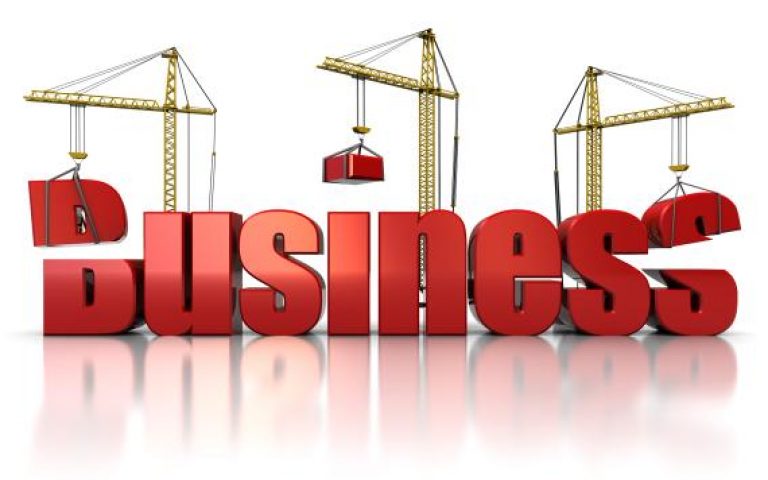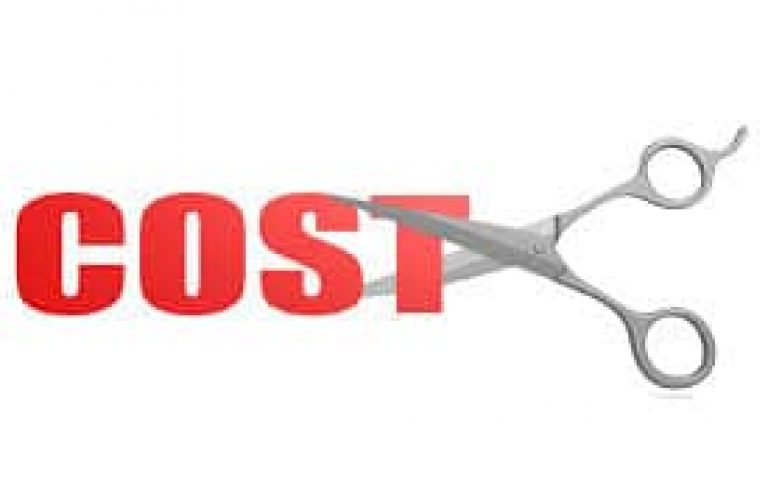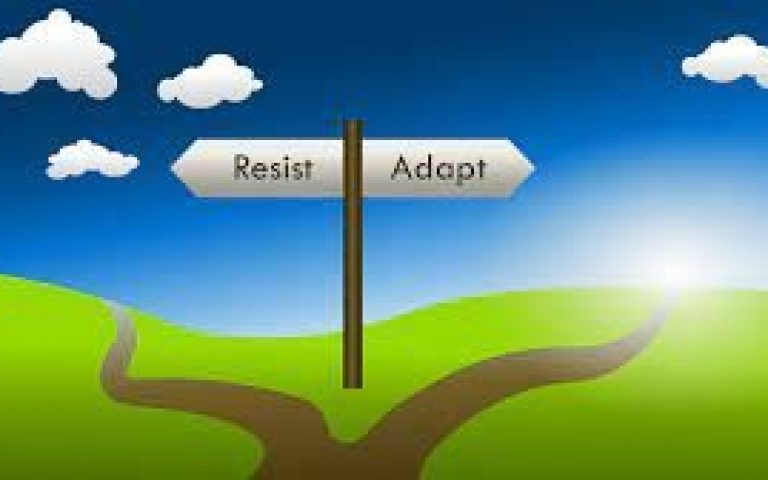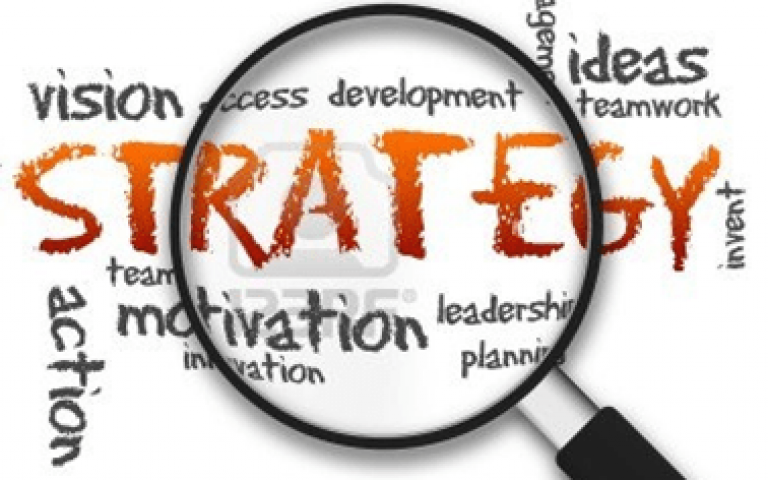Many businesses begin with the drive, vision, and determination of a single owner. In the early years, this model works because decisions must be quick and resources are limited. The owner often wears every hat, from sales to operations to finance. However, as the company grows, this owner-dependent structure can become the very factor that holds the business back. A business that cannot operate effectively without the constant presence of its owner is one that is limited in scale, vulnerable to disruption, and ultimately less valuable.
Transitioning to a management-led organization is one of the most powerful steps a business can take. This shift not only frees the owner to focus on strategic growth but also creates a business that is sustainable, resilient, and attractive to outside investors or future buyers. The journey from owner-dependent to management-led requires intention, planning, and a willingness to let go of certain responsibilities in order to empower others.
The first step in this transformation is clarity of vision. Leaders must articulate the long-term goals of the business and ensure they are documented and communicated to the team. Without a shared sense of purpose, managers will struggle to make decisions that align with the owner’s intent. A clearly defined vision allows the owner to step back while still ensuring the company moves in the right direction.
Equally important is building a strong leadership team. This requires more than simply hiring people to fill roles. It means identifying and developing individuals who can make sound decisions, solve problems, and inspire others. Owners who invest in leadership development programs, mentoring, and training are laying the foundation for a business that can run independently. Over time, these leaders become trusted partners who carry the company’s vision forward.
Systems and processes are also critical. Businesses that rely on the owner’s personal knowledge or intuition for daily operations are fragile. By documenting standard procedures, establishing reporting structures, and creating measurable performance indicators, the company shifts from an informal, personality-driven model to a professional, process-driven one. This infrastructure ensures that decisions and actions are consistent, scalable, and less dependent on any one individual.
Culture plays a significant role as well. Owners who want their businesses to thrive without them must cultivate a culture of accountability and empowerment. Team members need to feel confident that they have both the authority and the responsibility to act in the company’s best interest. When employees are trusted to make decisions, morale and ownership increase, and the need for the owner to intervene in every matter decreases.
One of the biggest challenges in making this transition is the mindset of the owner. Letting go of control can be uncomfortable, particularly when the business represents years of hard work and personal sacrifice. Owners often believe that no one else can manage the details as effectively as they can. Yet clinging to this belief creates bottlenecks and stalls progress. Successful owners learn to shift their focus from working in the business to working on the business. They move from being the chief operator to becoming the chief strategist.
The payoff of becoming management-led is significant. The business becomes more agile because decisions no longer wait for one person’s approval. Growth accelerates as the leadership team takes ownership of new opportunities. The company’s value increases because it is not tied to the personal presence of its founder, making it more attractive to potential buyers or investors. Perhaps most importantly, the owner gains freedom. With a capable team running the day-to-day operations, the owner has the ability to focus on vision, strategy, and personal goals.
Building a self-sustaining business does not happen overnight. It is the result of deliberate planning, consistent effort, and the courage to entrust others with responsibility. Medium-sized businesses that embrace this shift position themselves for long-term success and resilience. They move from being personality-driven to being purpose-driven, and from surviving on the strength of one individual to thriving on the strength of a team.
In the end, a truly successful business is one that can thrive even in the absence of its founder. By transitioning from owner-dependent to management-led, leaders create not only financial value but also a legacy that endures.
***
TITAN Business Development Group, LLC
business coaching | advisory | exit planning








